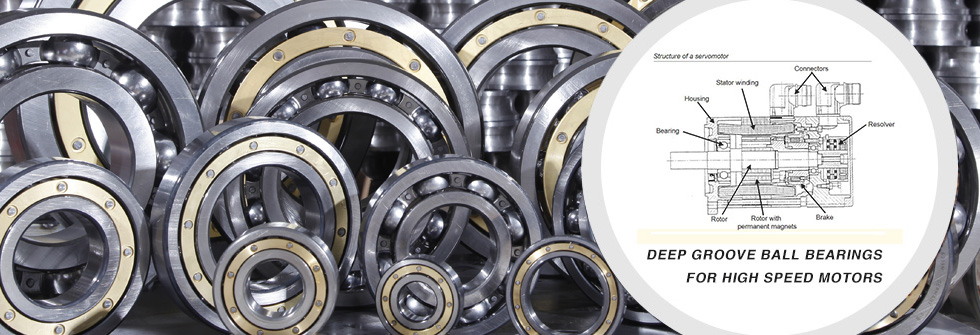How VFD operates?
2015-08-31VFDs regulate the speed of a motor by converting sinusoidal line AC voltage to DC voltage, then back to a pulse width modulated (PWM) AC voltage of variable frequency. The switching frequency of these pulses ranges from 1 kHz up to 20 kHz and is referred to as the “carrier frequency.” The ratio of change of the ΔV/ΔT creates a parasitic capacitance between the motor stator and the rotor, which induces a voltage on the rotor shaft. If this voltage, referred to as “common mode voltage” or “shaft voltage,” builds up to a sufficient level, it can discharge
to ground through the bearings. Current that finds its way to ground through the motor bearings in this manner is called “bearing current.”











